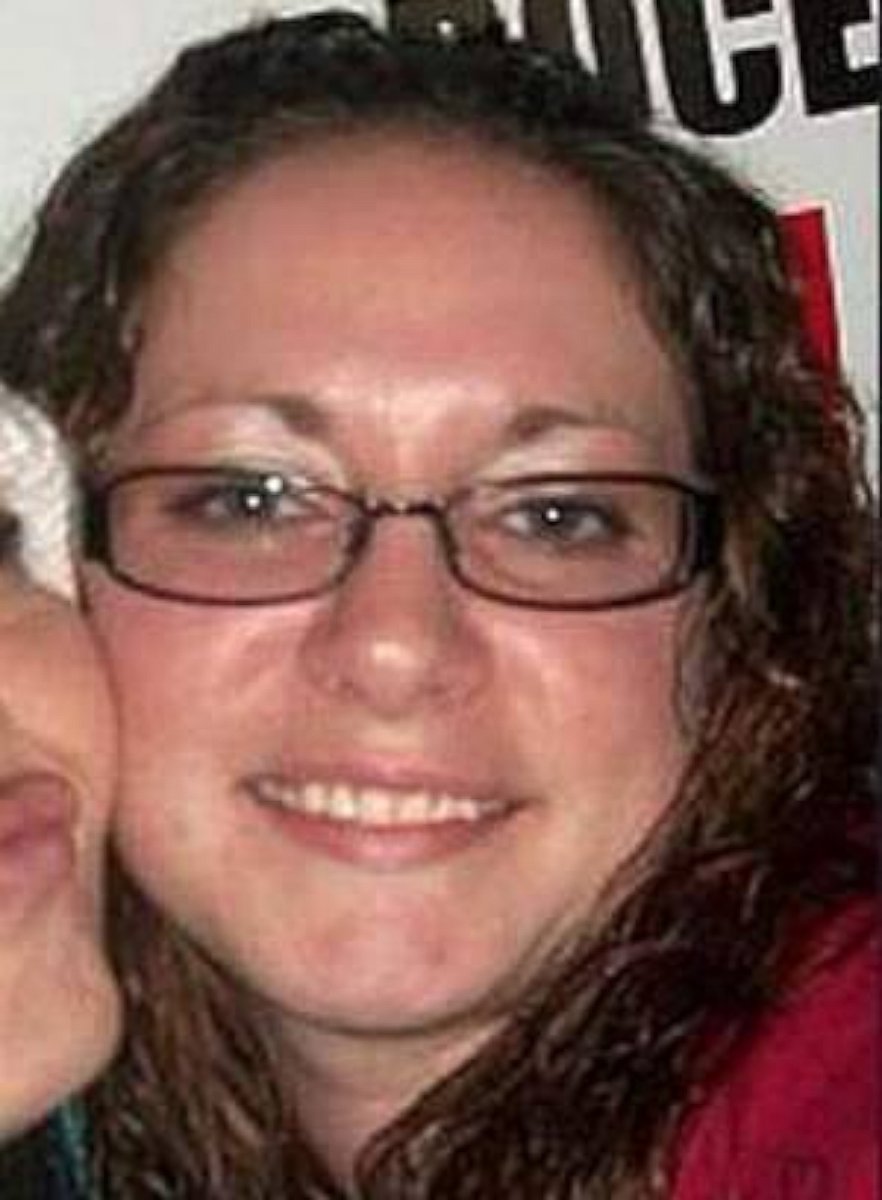Connections Between Missing Women Key to FBI Investigation, Former Agent Says
Most of the six missing women knew each another, one of their moms said.
— -- Similarities in the lives of the six women who have been found dead or reported missing in a small Ohio town will be the focus of the FBI's investigation, a former special agent told ABC News.
Of the six women, ABC News has spoken to relatives of four of them, and details have emerged suggesting they ran in the same circle of acquaintances and a majority of them knew each other, often sharing similar personal histories, according to the families. Four of the women have been found dead and two are still missing, authorities said.
These commonalities could be a key in the FBI's investigation into whether the crimes are linked, former FBI Special Agent in Charge Steve Gomez, who is now an ABC News contributor.
"They'll start looking for any type of connections, whether they know each other whether their circumstances were similar -- if they were all involved in drug use or maybe a majority of them, or were they involved in prostitution, were they from a certain area or did they frequent a certain area," Gomez said.
Charlotte Trego was the first woman to go missing in mid-May 2014 and her mother Yvonne Boggs said that she knew at least four of the five other women who have disappeared. Boggs said her daughter had introduced her personally to three of the other women -- Tameka Lynch, who is believed to have gone missing the same day as Trego, Shasta Himelrick, who vanished on Christmas Day, and Tiffany Sayre, who went missing in May and whose body was discovered on June 20.
Boggs said that she did not know first hand whether her daughter had any connection with Timberly Claytor, who went missing in May before being found fatally shot.
Boggs said she wasn't sure how exactly her daughter met the other women. But family members of the dead or missing women who spoke to ABC News said at least four of the women had some connection to drug use, and at least two of them had been to rehab in recent years. And an additional woman's autopsy revealed she had non-fatal levels of oxycodone and cocaine in her system at the time of her death, according to the coroner's report obtained by local paper The Chillicothe Gazette.

"I know that they all were into drugs but I don’t know if that’s how they all knew them," Boggs said.
Ross County Sheriff's Lt. Michael Preston would not confirm any specific connections between the women, deferring to their families in light of the active investigation, and he would not specifically comment on any individual's alleged dealings.
"Drug use and prostitution have come up quite a bit in the investigation," Preston told ABC News today.
Boggs said she believes the only other woman her daughter didn't know is Wanda Lemons, the third woman missing and the only other one whose body has not been found.
Lemons' mother, Diana Willett, told ABC News that her daughter was "using drugs" and "drinking" around the time that she went missing in November and while she didn't explicitly know if her daughter was involved in prostitution, she said she couldn't rule it out.
“I’m not going to deny she wasn’t because she had before,” Willett said of her daughter’s possible connection to prostitution.

Gomez said that it's very likely that the FBI has brought in a profiler to address the case -- someone who would be used to look at all of the evidence and analyze possible character traits of a potential suspect.
Preston said that the FBI first became involved with the case a little over two weeks ago when one of their representatives was present at their missing persons task force meeting. He declined to comment on whether or not a profiler is involved.
"There's a lot of psychology that goes into the profilers work because they're trying to assess what kind of person would do this," Gomez told ABC News.
He said that the investigators would also be looking at the database for the National Center for the Analysis of Violent Crime, which holds records about crimes across the country.
"Maybe he's committed other crimes in other parts of the country and that becomes very important," he said.




